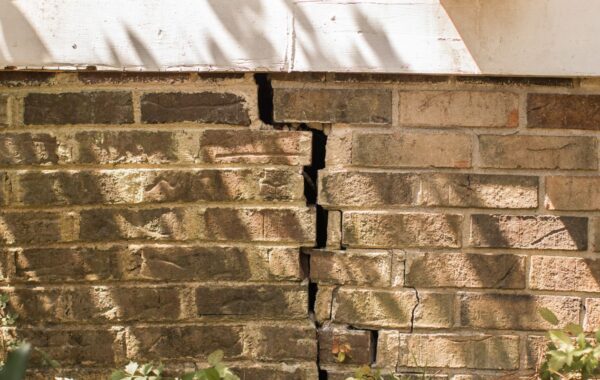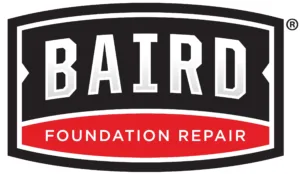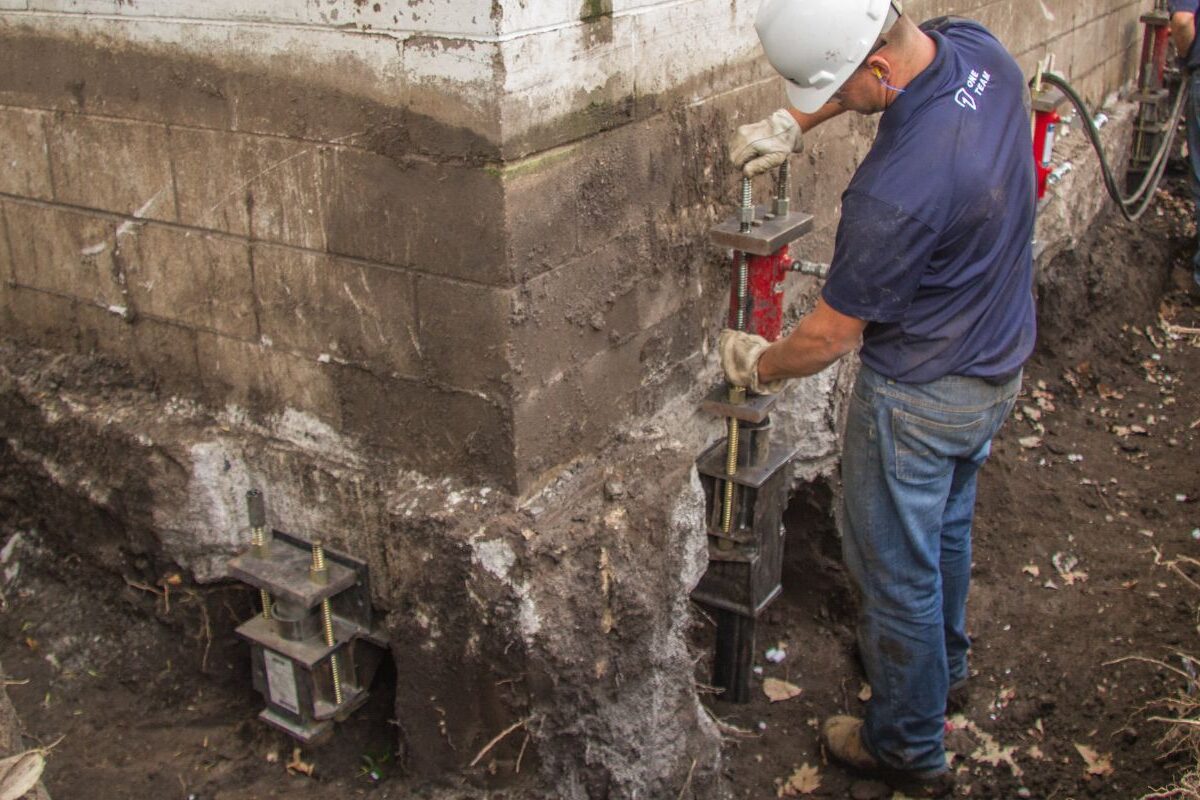
Foundation Problems
Signs Of Common Foundation Problems
Common foundation problems can be a source of stress for homeowners, but at Baird Foundation Repair, we’re here to help you tackle these issues head-on. Over the years, we’ve seen it all, from troublesome floor cracks that can disrupt your living space to wall cracks that undermine the structural integrity of your home.
Exterior cracks might not only affect your property’s curb appeal but also indicate more profound foundation issues. Rest assured, our experienced team understands the unique challenges that these problems present, and we’re dedicated to addressing them with precision and care. We believe in doing things right the first time.
Our industry-leading solutions and lifetime warranties are a testament to our commitment to providing you with a permanent fix. When it comes to foundation problems, choose Baird, where exceeding quality and putting you first are our top priorities.
Early Signs Of Foundation Problems
Learning about the signs of structural issues can help prevent more significant and costly foundation issues down the road. Here are some signs of foundation issues:
- Cracks in walls and ceilings – Keep an eye out for visible cracks in your interior walls, especially near door frames and windows, as well as on the ceiling. These cracks can be an early indicator of foundation settlement.
- Uneven or sagging floors – If you notice that your floors are no longer level or have started to sag in certain areas, it could be a sign of foundation issues.
- Doors and windows sticking – Difficulty opening or closing doors and windows, or gaps appearing around them, may suggest that the supports of your home are shifting, causing structural misalignment.
- Exterior cracks – Cracks on the exterior of your home, including in the brickwork or foundation itself, can be a clear sign of problems. Pay attention to both horizontal and vertical cracks.
- Gaps between crown molding and ceiling – Separation or gaps forming between the crown molding and the ceiling can be indicative of foundation settling, which can affect the alignment of your walls.
Remember, if you observe any of these early signs, it’s important to consult a professional foundation repair specialist to assess the situation and recommend appropriate solutions.
Foundation Problems vs. Settling
Understanding the distinction between foundation problems and settling is crucial for homeowners. Foundation settling is a natural process that occurs as a house adjusts to its environment over time. It involves the gradual sinking or shifting of the foundation due to factors like soil compression, changes in moisture levels or the weight of the structure.
While some settling is normal, excessive settling can lead to foundation problems. Foundation problems refer to structural issues or damage that goes beyond the typical settling process. These problems may manifest as cracks in walls, uneven floors or misaligned doors and windows.
Distinguishing between the two is vital because foundation problems often require professional intervention to prevent further damage, while minor settling may not warrant immediate action. Regular inspections by the Baird experts can help you differentiate between benign settling and serious foundation issues, ensuring the long-term stability and safety of your home.
Baird – Solving Your House Foundation Problems
Foundation problems can be a source of concern for many Texas homeowners, and it’s essential to differentiate between normal foundation settling and more serious issues.
While some settling is a natural part of a home’s aging process, horizontal foundation cracks or cracks in the foundation that appear wider or more pronounced than typical hairline cracks may indicate more significant problems.
These issues can compromise the structural integrity of your home and require immediate attention. At Baird Foundation Repair, we understand the complexities of foundation-related challenges, and we have the necessary solutions to address them effectively. Our industry-leading approach, backed by transferrable lifetime warranties, ensures that our customers receive lasting solutions for their foundation concerns.
When it comes to foundation problems, trust Baird to provide exceptional service and quality solutions that restore the value and stability of your home. Ready to get started? Reach out to our team today!
Helpful Resources
When Should I Be Concerned About Cracks In My Floor?
If you have a crawl space and the floors above are unlevel, you may have a structural problem in your crawl space. When cracks in your floor are caused by structural issues, it’s important to call the professionals at Baird Foundation Repair.
Learn More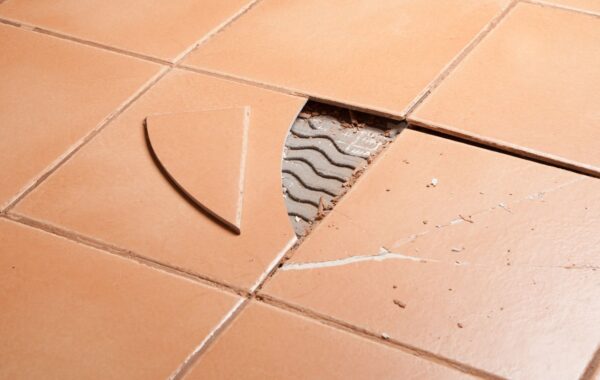
When Should I Be Concerned About Cracks In The Walls?
Wall cracks come in many varieties, but all could be indicators of a problem with your foundation. If you have horizontal or vertical wall cracks, “stair-step” or diagonal cracking, bulging, buckling foundation walls or pushing in at the bottom or top of the wall, you may need foundation repair.
Learn More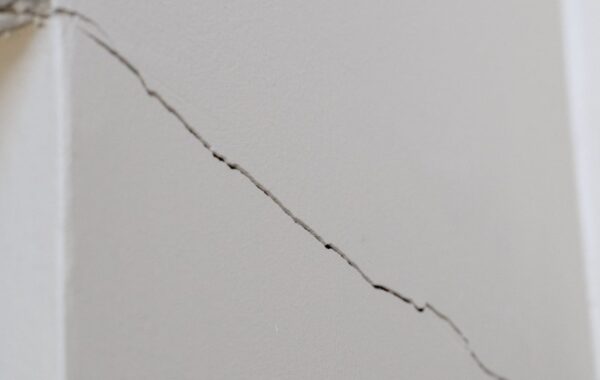
Types Of Exterior Cracks (And Which Ones You Need To Worry About)
At Baird Foundation Repair, we specialize in providing high-quality foundation repair solutions for all types of foundation problems. Whether you have a leaning or tilting chimney, signs of “street creep” or sticking windows and doors, we can provide you with a permanent repair solution.
Learn More